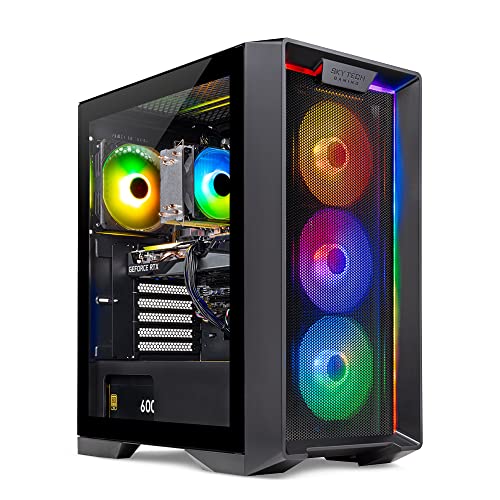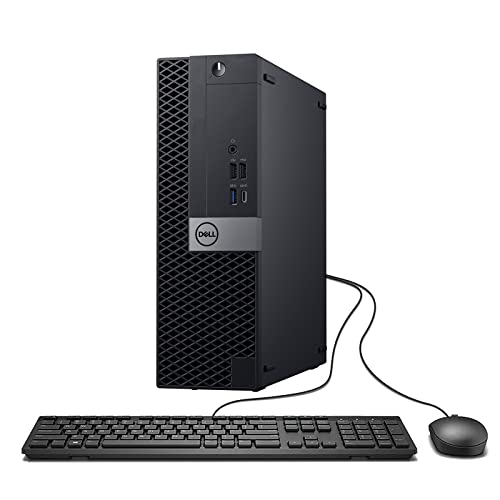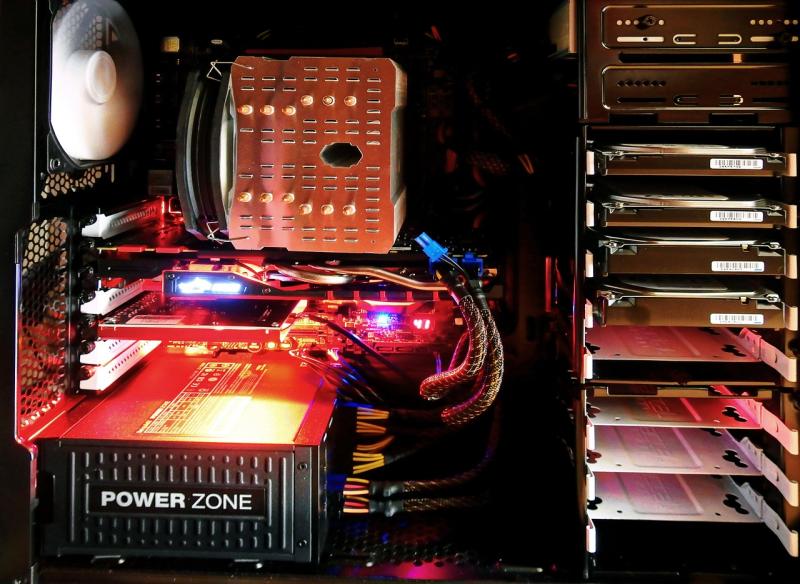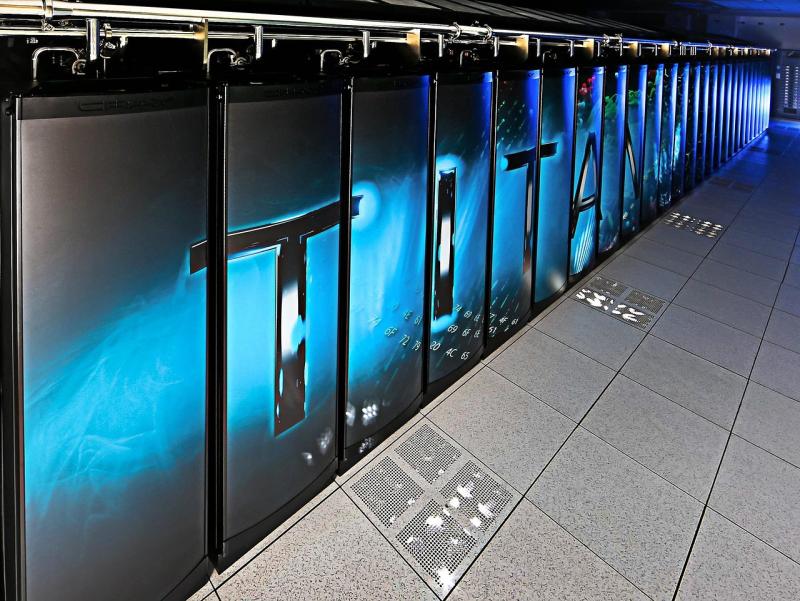**Introduction**
Overclocking can significantly boost PC performance, but it also poses risks if not executed correctly. Troubleshooting overclocking failures is essential to identify issues like instability and system crashes, ensuring your build maintains reliable operation even under enhanced performance settings.
**Diagnosing Overclocking Issues**
Begin by monitoring temperatures, voltages, and system stability during stress tests. Common issues include overheating, insufficient power delivery, and unstable voltage settings. Identify error patterns through benchmarking tools and system logs to determine the root cause of performance degradation.
**Effective Troubleshooting Techniques**
Gradually reduce clock speeds and adjust voltage settings to find a stable configuration. Reassess cooling performance and ensure that fans and heatsinks operate as intended. Document each change to track improvements, and use diagnostic software to confirm that adjustments yield stable results.
**Conclusion**
By methodically troubleshooting overclocking failures, you can determine the specific issues that compromise system stability. Careful adjustments, regular monitoring, and methodical testing will help recover a safe overclocked state that balances enhanced performance with long‑term reliability.
**SEO Keywords:** overclocking troubleshooting, overclocking issues, PC instability, CPU overclock, GPU overclock, voltage adjustments, overclocking failure, stress testing, performance tuning, troubleshooting guide
View our related products
See more



Troubleshooting Overclocking Failures: Diagnosing and Fixing Common Issues
Related Articles
Essential High-Performance PC Components You Need Now
Upgrade your setup with the must-have parts for unbeatable gaming and productivity
Top Picks for Best High-Performance PCs
Find the perfect power machine for gaming, work, or creative projects
Your Guide to the Best High-Performance PCs
Find the Right PC for Your Gaming and Creative Needs
View our related products
See more





